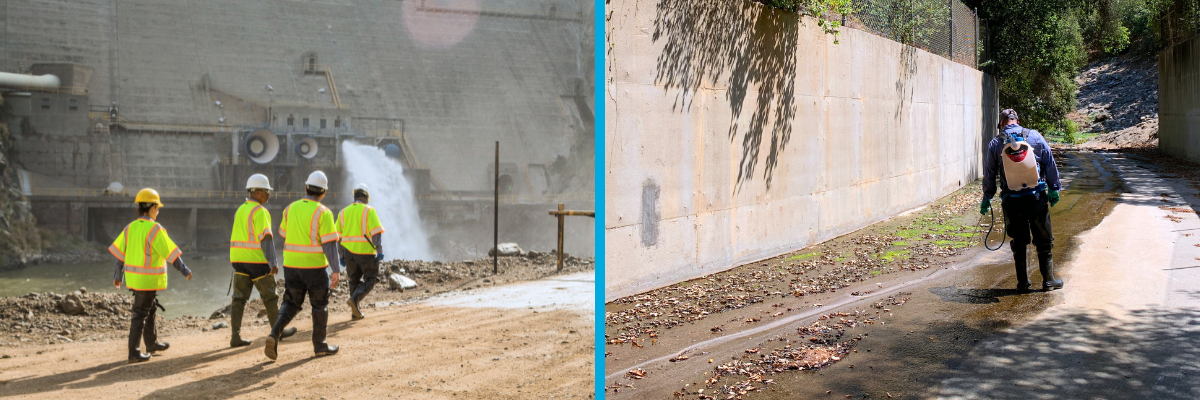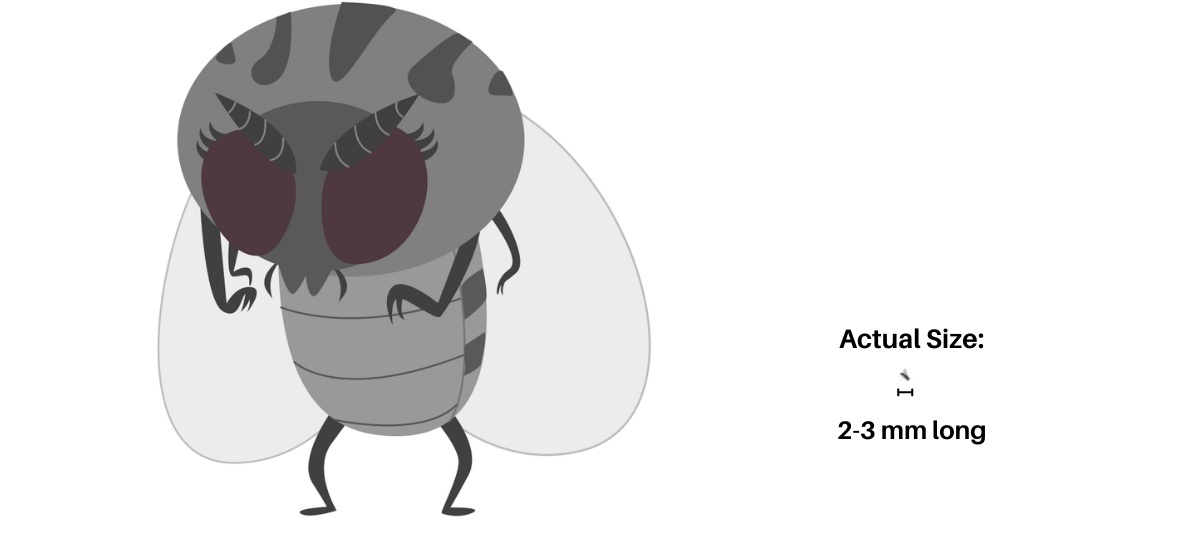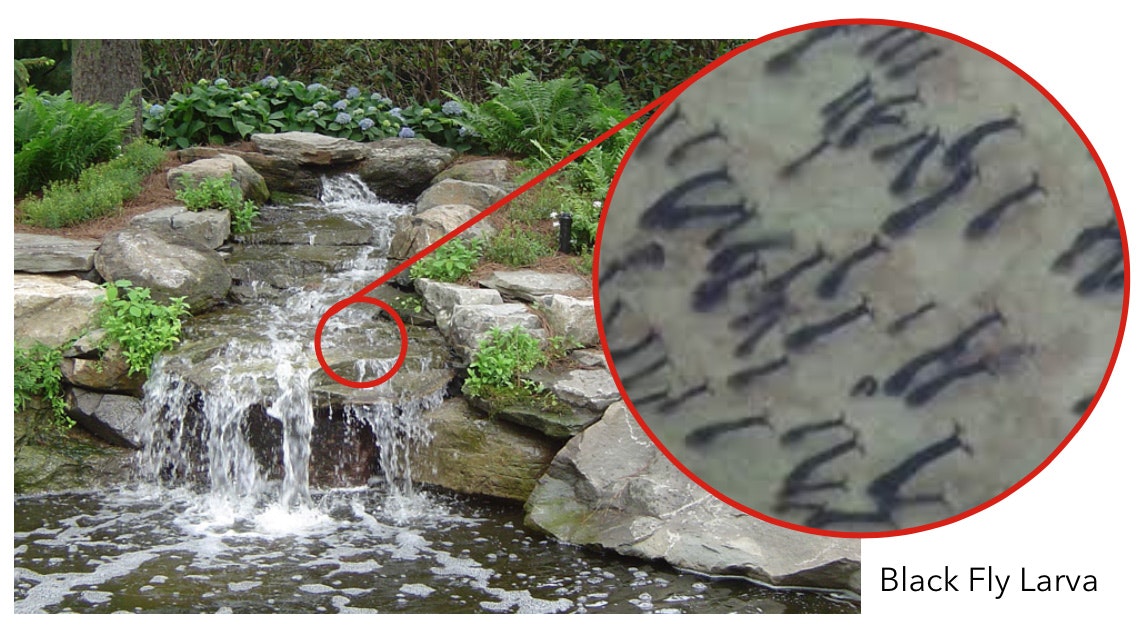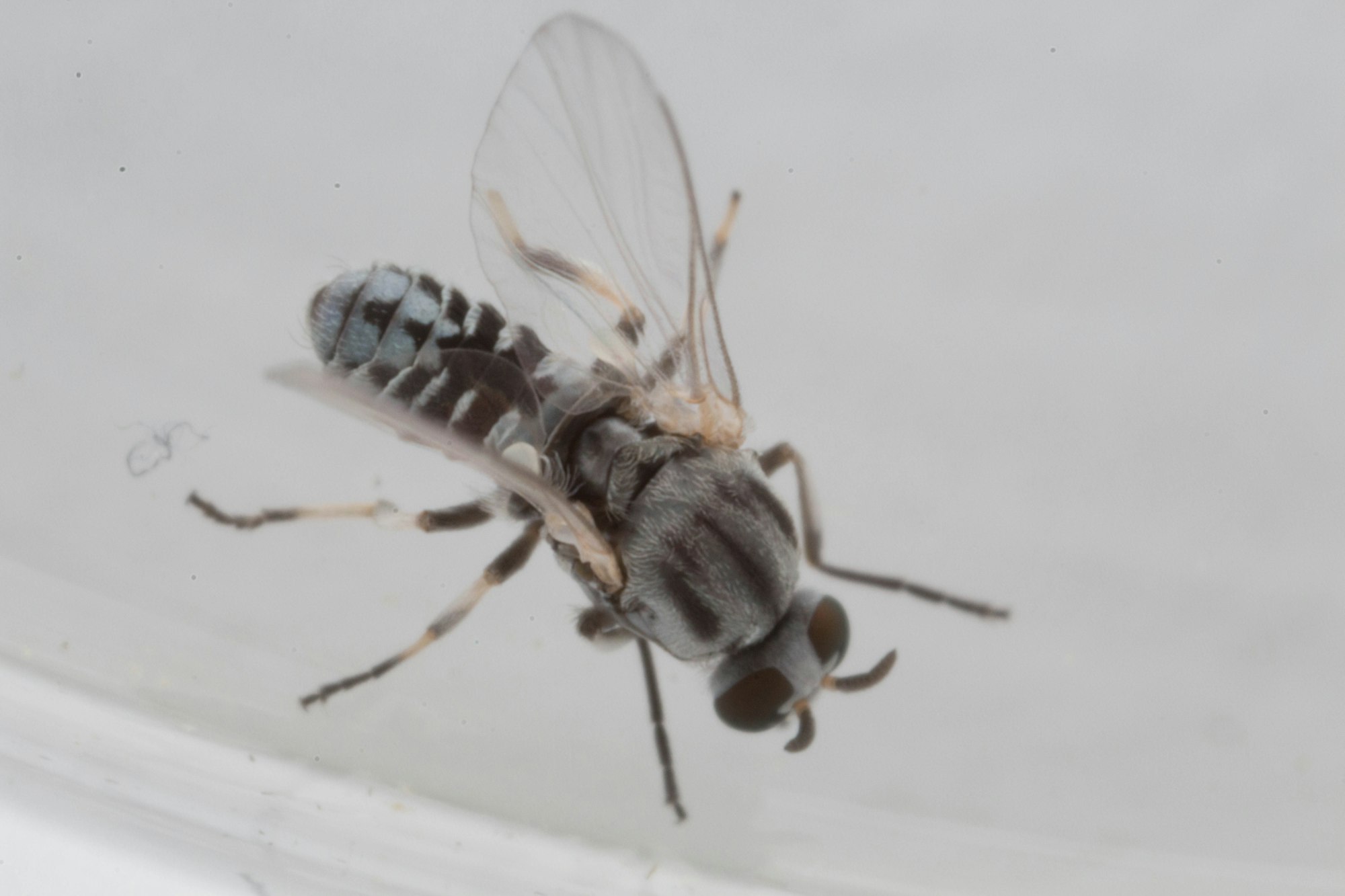Black Flies

What You Need to Know About Black Flies 🔊
They fly in large numbers and long distances
They bite around the eyes and neckline of humans and domestic animals
Their bites are painful, but they do NOT transmit diseases in LA County
What You Can Do
Wear netting over your face - black flies aim for the face and eyes
Wear repellent on exposed skin (Only DEET works against black flies)
Turn OFF personal water features for 24 hours once a week
** Don't forget to turn water back on to prevent mosquitoes 🦟 using the stagnant water .
Black Flies in the Foothills

Black flies are a persistent biting nuisance in foothill communities like Altadena, Azusa, Bradbury, Duarte, Glendora, Monrovia, San Dimas, and Sierra Madre. These small insects thrive in flowing water, which is essential for their reproduction.
To reduce their impact, the district routinely monitors and treats accessible black fly breeding sites—including rivers, streams, and locations like Morris Dam—at the maximum frequency and rate permitted by pesticide regulations. We also set traps in foothill communities to monitor black fly species and population levels, which guide our treatment strategies.
Why Do Populations Suddenly Spike?

Increases in black fly activity are often triggered by scheduled water releases from upstream dams. These flows are necessary for the region’s water management, but they also create ideal breeding conditions for black flies. This is a recurring, seasonal challenge that foothill communities will likely continue to experience.
Additionally, unmaintained features like decorative fountains and backyard waterfalls can become unexpected breeding sites if water flows are left running.
What We’re Doing—and What You Can Do
Our team stays vigilant in identifying and treating public sources where black flies can thrive. However, many breeding sites are influenced by natural or necessary infrastructure conditions outside our control.

You can help by:
- Temporarily shutting off running water features at least once a week.
- Reporting black fly activity through our online form: Submit A Tip
Black flies can be challenging to avoid, especially in areas with dense vegetation or during peak activity times. To minimize bites:
- Consider using a head net, available at outdoor and gardening stores.
- Apply insect repellent containing DEET to further deter black flies.
- Choose open, sunny areas whenever possible, avoiding lowlands or densely vegetated spots.
- Stay indoors during dawn and dusk when black flies are most active.
- Opt for light-colored clothing, as black flies are less attracted to bright colors.
- Cover exposed skin with long-sleeved shirts, long pants, socks, and hats.
Together, we can manage the impact of black flies while acknowledging the natural and structural factors that shape their presence in our communities
Black Fly Life Cycle

- EGGS - The female deposits 200-500 fertilized eggs in or on flowing water.
- LARVAE - Larvae emerge and attach themselves to rocks or foliage under the water and feed on organic debris that flow by. They grow to about 1/4 inch when fully developed. This takes from 10 days to several months, depending on the species and the water temperature.
- PUPAE - They then enter the pupal stage, where transformation to the adult stage takes place.
- ADULT - Adults will emerge from the pupal case and float to the surface inside a bubble of air.



Black fly activity is expected every summer, but sudden increases don’t have to catch you off guard. Sign up below to receive alerts when our District detects spikes in black fly populations. Since black flies can live for up to two months, timely updates will help you stay prepared and protect yourself and your family from painful bites.


